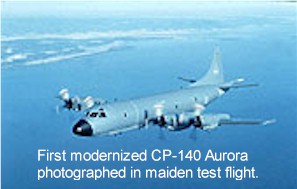

Volume 18, Number 21, May 19, 2004
Nerve Agent Sarin in Araqi Roadside Munition
A roadside bomb containing the nerve agent sarin, a substance Saddam Hussein's regime insisted it had destroyed more than a decade ago, exploded near a U.S. military convoy traveling near Baghdad, coalition officials said Monday.
The makeshift bomb had a detonator prepared by someone who apparently expected an HE (high explosive) charge in the 155mm artillery round and not a binary nerve gas combiner which failed to function fully leaving most of its independent chemicals within their separate containers.
Army Brigadier General Mark Kimmitt, deputy operations director for Multinational Force Iraq, told reporters in Baghdad a U.S. convoy found the 155-millimeter artillery round rigged as an improvised explosive device. The round detonated before the explosive ordnance team could render it inert, Kimmitt said, spewing a small amount of sarin gas.
The release caused two soldiers to be treated for only "minor exposure," Kimmitt said, and the surrounding area needed no additional decontamination.
Kimmitt said whoever rigged the device, likely from old regime stockpiles, probably did not realize that it contained the deadly nerve agent sarin.
The effect of the explosion was minimal because the agent was used in a roadside bomb rather than being fired by an artillery piece, Kimmitt said.
The type of round used, a "binary chemical projectile," has two chambers that keep the chemical components inside separate until they are fired by an artillery piece, Kimmitt explained. After firing, the rotation of the artillery shell in flight causes the barrier between the two substances to mix, creating sarin. The device releases the agent when it lands and explodes.
However, when the round is used in an improvised explosive device, Kimmitt said, the chemicals don't properly mix, so they produce only "very, very small traces" of sarin gas. "When you rig it as an IED, it just blows up and you have minor amounts (of the chemical) going in different directions," he said. "It's virtually ineffective as a chemical weapon."
Kimmitt said the incident does not pose a continuing threat. He said he would leave it to the Iraqi Survey Group to determine if the incident gives credence to charges that Saddam Hussein had weapons of mass destruction.
"The former regime had declared all such rounds destroyed before the 1991 Gulf War," Kimmitt added.
Publisher and Editor In Chief:
Micheal John O'Brien
The Wednesday Report is published and printed weekly in hard copy by MPRM Group Limited
Telephone: {905} xxx-xxxx use email contact